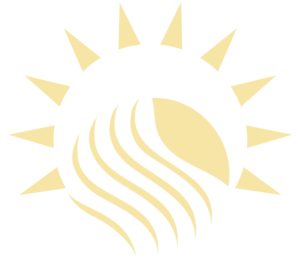Study 1
Trichotillomania or Hair Pulling Disorder as well as other hair-focused behaviors such as breaking or cutting off hair or consuming head and body hair belong to the group of body-focused repetitive behaviors, which includes among others nail biting or skin picking.
A person with hair pulling disorder cannot or only with great difficulty suppress the impulse to pull out their hair. The behavior can alleviate tension especially in emotional states of anxiety, exhaustion, stress and frustration. Hidden or obvious bald spots, missing eye-lashes and eyebrows as well as sometimes hour-long engagement in the behavior can lead to significant social restrictions, which become an additional burden and lead to more pulling.
Trichotillomania research focused mainly on the concrete, destructive actions towards one’s one hair. This study aims at finding out, if hair styling as a compensating behavior to cover bald spots or as an expression of personality and general care of scalp and hair harbor the potential to be constructive measures, which can improve the quality of life of Trichotillomania patients.
So far I found a couple of references about the relationship between Trichotillomania patients and hairdressers and it was included in the avoidance of social contacts, Franklin et al. 2007 and as an option of self care, Mansueto et al. 2019. If we find out if Trichotillomania patients generally avoid going to the salon and for what reasons, specific parameters could be adjusted according to the needs of the patients, so that positive experiences with hair and care can be made possible.
Question Which experiences do Trichotillomania patients have with professional hair care? Do these experiences give any indication of how professional hair care can be optimized for their benefit?
Research Goal Collection of information on hair care behavior of Trichotillomania patients
- Do every day or occasional, external or self touches of scalp and hair take place parallel to the pathological touching and if so, in what form, from whom, for what purpose and how are these experienced.
- Are there connections between the severity of symptoms, personal attitudes towards symptom behavior, the type of hair-pulling, the feeling of disgust and the hair care behavior of Trichotillomania patients
- The knowledge gained could contribute to the understanding of the disorder and those affected. It also could provide impetus for the design and development of measures in the field of hair care and touch.
Methodical Procedure Descriptive cross-sectional study (n=300), German/English Online-Survey
- HCI-T – Hair Care Inventory for Trichotillomania with multiple-choice, ranking, open questions. The HCI-T was developed for this study.
- Questionnaires regarding Trichotillomania pathology: the MGH-HPS – Massachusetts General Health Hair Pulling Scale, BiTS – Beliefs in Trichotillomania Scale, MIST-A – The Milwaukee Inventory for Styles of Trichotillomania-Adult Version, SADS, a Scale for Assessing Disgust Sensitivity and the Subscale Recording of Personal Self-Disgust.

